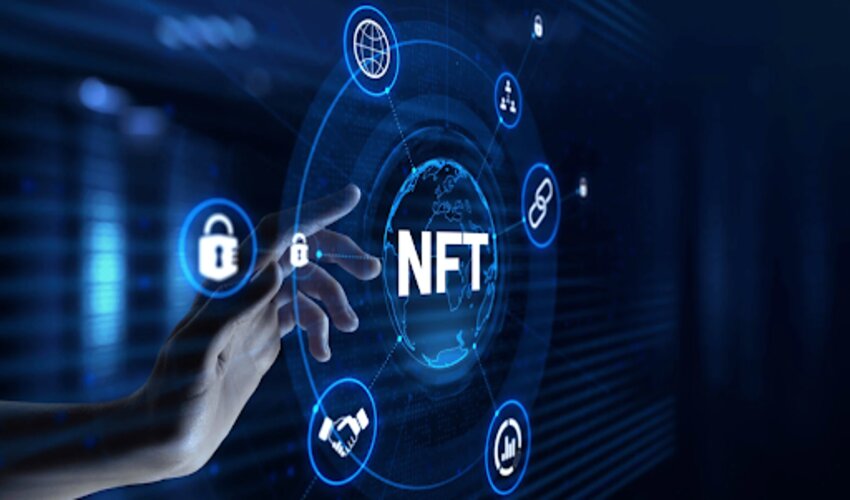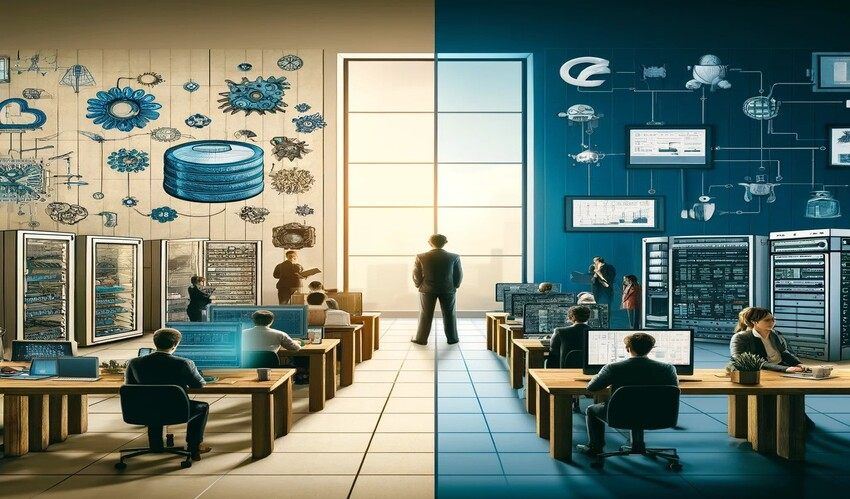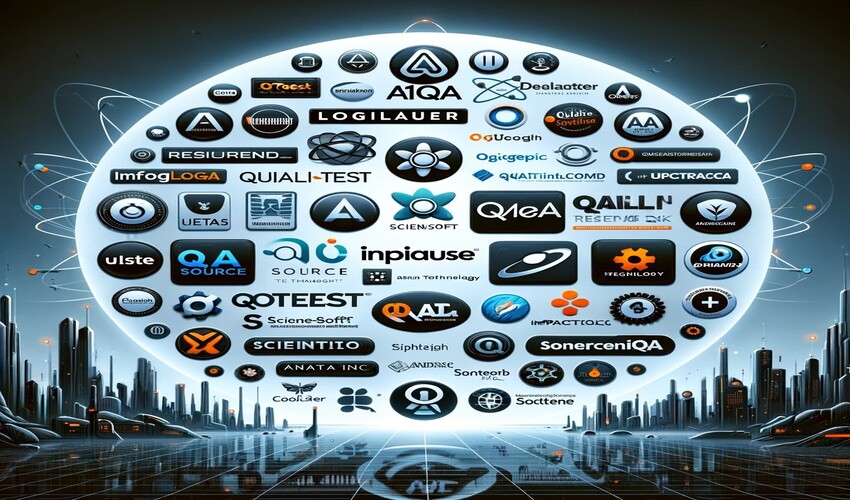NFT developments have stirred up a new revolution in the world of digital assets. NFTs offer a wide range of options including artworks, music, video clips, text and many others. NFTs open up significant opportunities for the growth of the Web3 landscape. Therefore, the demand for NFT development is taking the lead in many blockchain companies. This article gives a clear idea of how creating NFTs will benefit you and the technological stack required for NFT development. Stay tuned til the end.
How will creating NFTs benefit you?
Before delving into the process of developing an NFT, one should know the importance of NFT Development. NFT has stepped in many fields, and has seen great success by launching their product. The NFT development process utilizes blockchain technology for creating smart contracts, which represent the NFTs on blockchain.
- Digital ownership – every unique item or piece of an NFT is represented by true ownership. With NFTs you possess a verifiable and exclusive claim to your digital assets, which adds a layer of authenticity to your digital assets.
- Monetization – NFT offers a pathway to generate income by enabling the sale of the digital assets in online marketplace. This innovative approach provides creators with a lucrative opportunity to transform their digital creations into a source of revenue.
- Royalties – royalty mechanism continues to benefit artists by a percentage of revenue of the resale price each time their NFTs are traded in the secondary market. This feature ensures that artists and content creators benefit not only from the initial sale but also from the ongoing value appreciation of their digital assets.
- Authenticity – NFTs leverage the robust security of blockchain technology to verify the genuineness of digital assets, significantly reducing the risk of unauthorized replication or counterfeiting. This fortified assurance of authenticity serves as a formidable deterrent against any attempts to duplicate your digital creations.
- Community engagement – NFTs have the capacity to foster the establishment and active involvement of a dedicated community of enthusiasts and collectors who share a profound interest in your creations. This dynamic synergy not only bolsters your creative pursuits but also solidifies a loyal following. Through NFTs, creators can cultivate a network of like-minded individuals, encouraging interactions, discussions, and mutual appreciation.
Technological stacks required for NFT development
Now, we will discuss the next important concern of NFT development. We will focus on the selection of technology stack.
Selecting the right blockchain technology
To embark on the journey of creating digital assets through blockchain technology, your initial step involves understanding the available blockchain networks suited to your objectives. Among the prominent options are Ethereum, Binance Smart Chain, Solana, and Polygon. Navigating the selection of an NFT development platform can be intricate, given the array of advantages and potential drawbacks associated with each network. Optimal decision-making leans towards prioritizing networks that offer expeditious transaction settlements with cost-efficiency, ensuring a smoother and more economical development process for your digital assets.
Storefront
The subsequent key component in the technology stack essential for NFT development is the creation of a storefront. Analogous to the landing page of websites, a visually appealing and engaging storefront plays a pivotal role in the presentation of non-fungible tokens (NFTs). To enhance your storefront design, you can explore various existing storefront models within the market for inspiration. These storefronts serve as a canvas to convey vital information about the NFT tokens, encompassing details like ownership, pricing, bidding options, and previews, creating a compelling and informative interface for potential buyers and collectors.
Wallet
Another critical facet to address when delving into the question of “How do I start NFT programming?” is the NFT wallet, as it plays a vital role in the storage and management of NFTs. A user-friendly and uncomplicated interface for the NFT platform’s wallet is pivotal in promoting broader mainstream acceptance. Equally important is the seamless integration of the NFT wallet with users’ existing wallets, facilitating an effortless and cohesive experience, thereby encouraging wider participation and use of NFTs.
Storage
A pivotal component within the technology stack for NFT development revolves around NFT storage. Numerous decentralized storage platforms, including options such as Filecoin and IPFS storage, are available for consideration. Evaluating the suitability of the storage method for your intended use cases is imperative. IPFS storage, in particular, offers distinct advantages for storing and managing off-chain NFT data, while upholding the robust security of blockchain technology.
A fundamental emphasis in any NFT development guide centers on the secure storage of NFT data. Consequently, the storage system for your NFT marketplace solution should encompass essential attributes such as a user-friendly API and efficient retrieval mechanisms, along with a robust key manager to ensure secure and adaptable access to NFT files.
What will be the cost of creating your own NFT?
Creating your own NFT can be very exciting and profitable in the long run. Usually creating NFTs costs as low as buying a meal but also go into thousands of dollars. If you choose a popular blockchain to create your NFT it might cost more than you expected. For example, Ethereum is the top among blockchain, so it might be extremely costly. There are also some affordable blockchain you can use to create your NFTs.
Is there any option to make NFT for free?
Certainly, you have the option to mint NFTs without upfront costs on the Polygon blockchain, but this method involves a lazy minting process. Notably, you can create NFTs without charges until the point of sale.
Shedding thoughts
NFTs, despite being a relatively recent concept, have swiftly captured the spotlight and garnered widespread adoption in the art world and beyond. From digital artworks to virtual real estate, NFTs have broken records in sales, presenting boundless potential for innovation and exploration within this dynamic space. NFT Development is an exhilarating and swiftly progressing domain, providing an array of opportunities for creative expression and originality. If you’re considering the creation of your NFTs, engaging a leading NFT development company can transform your vision into a profitable NFT venture.
Author Bio:
Aurora Grace is a technical content writer, expells writing in Web3, Blockchain technology, and NFT Development. With a deep understanding of these cutting-edge domains, I craft informative and engaging content that simplifies complex concepts. Her goal is to provide readers with insightful, well-researched articles and guides that unravel the intricacies of these innovative technologies, making them accessible and inspiring exploration in the world of decentralized finance and digital ownership.

















Leave a Reply